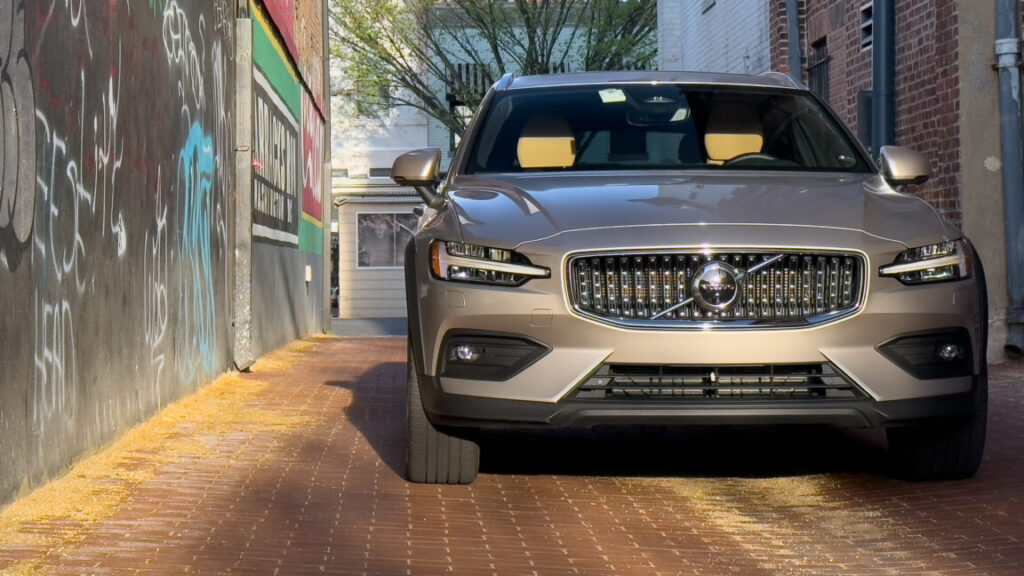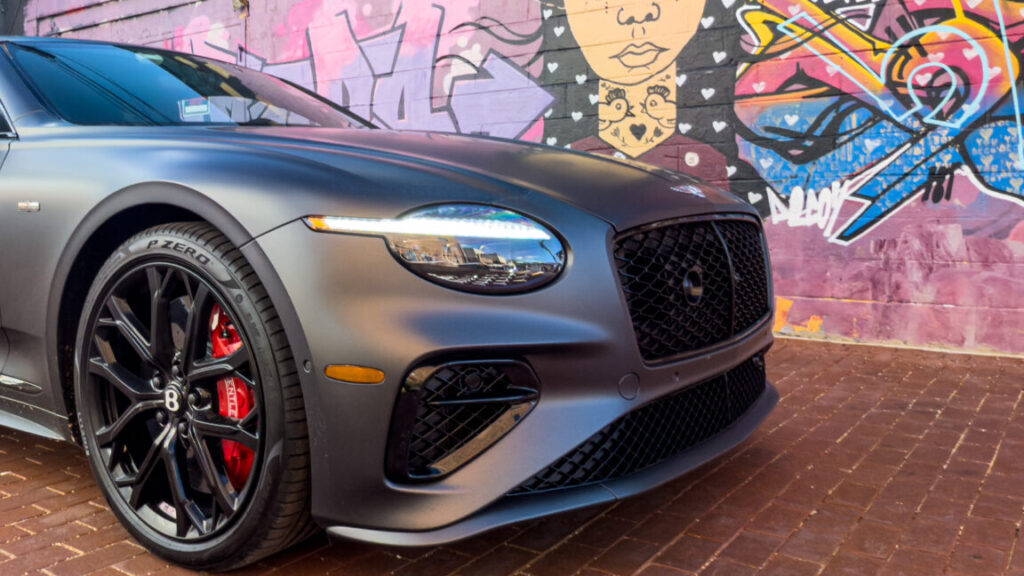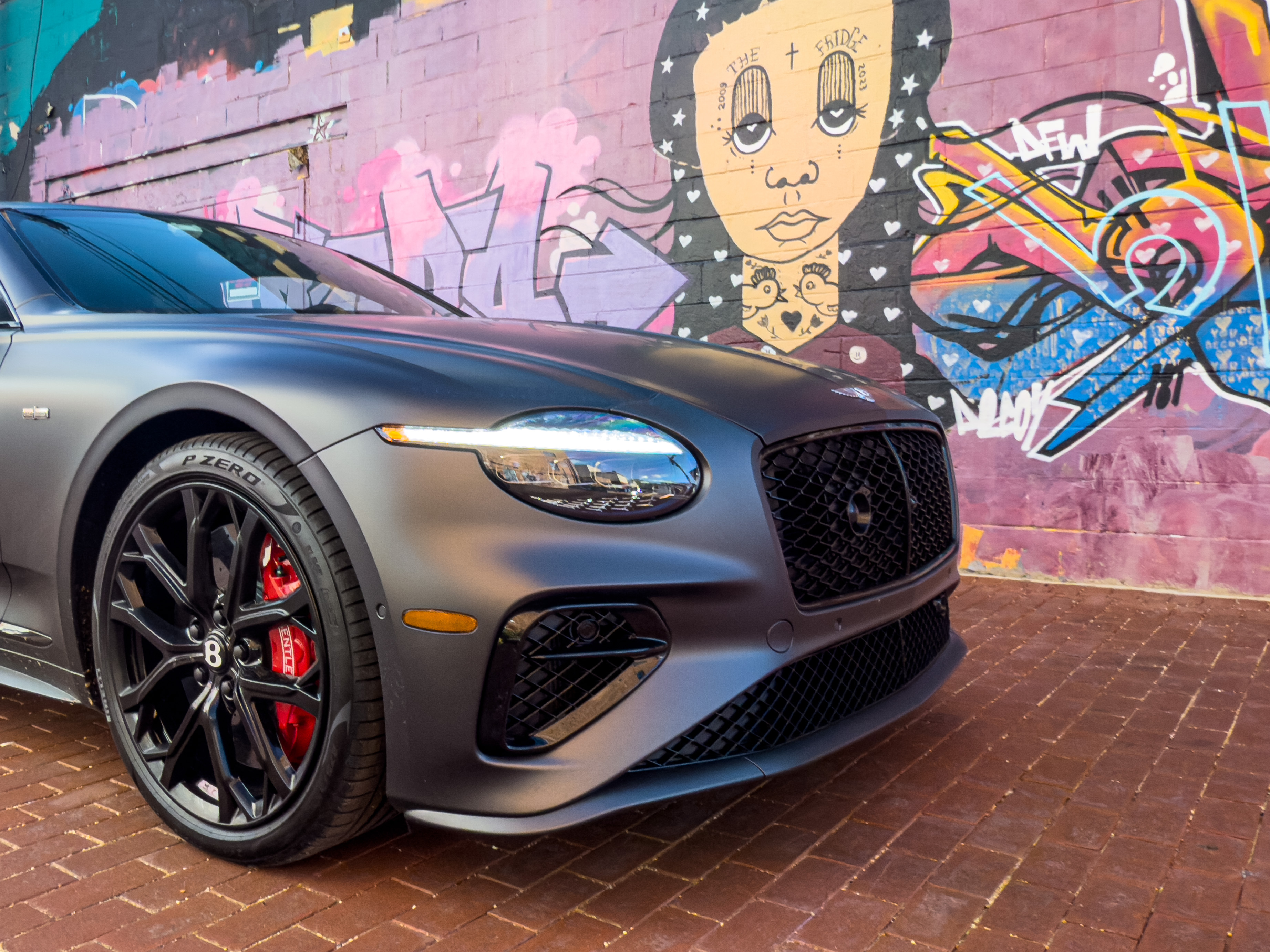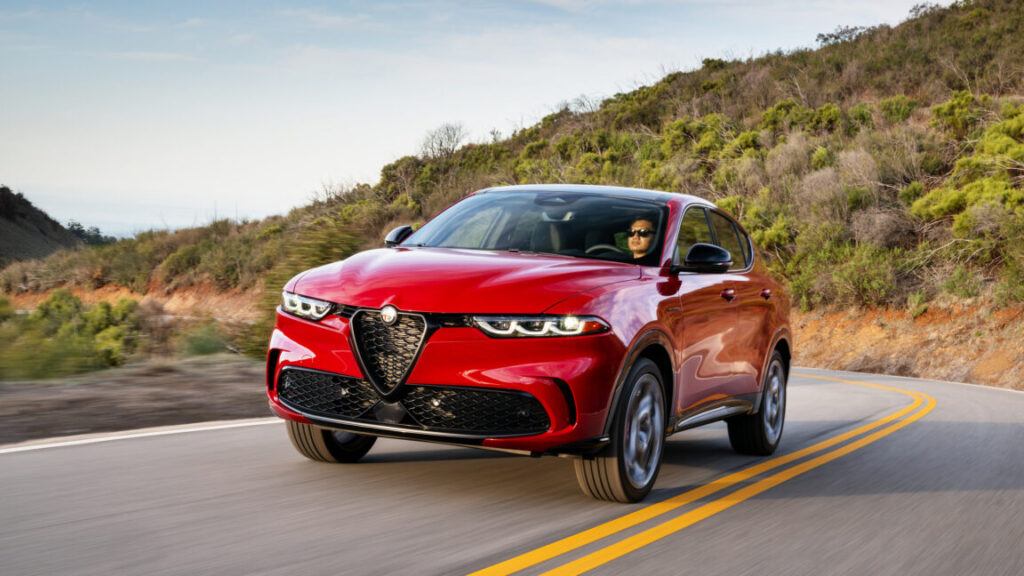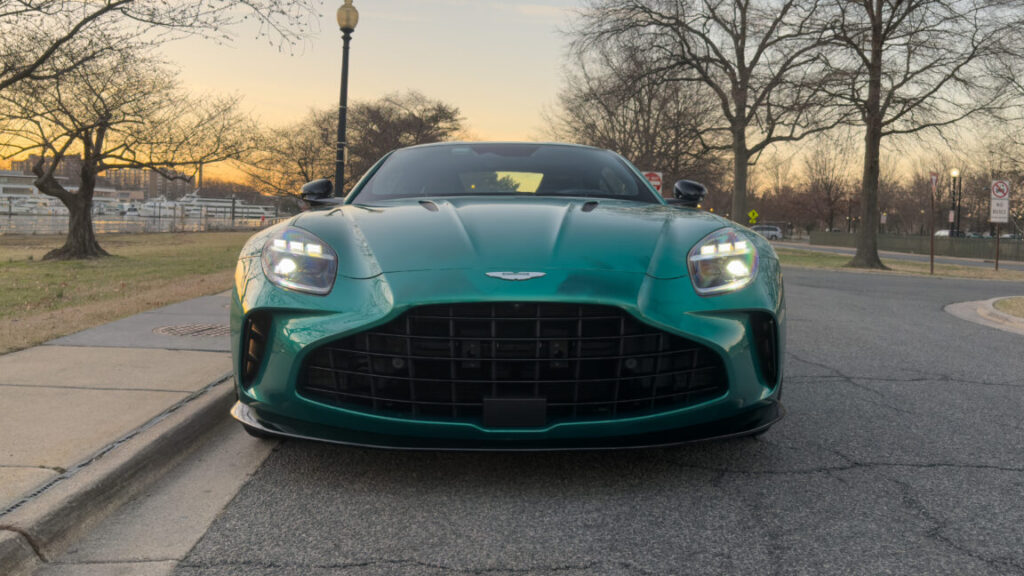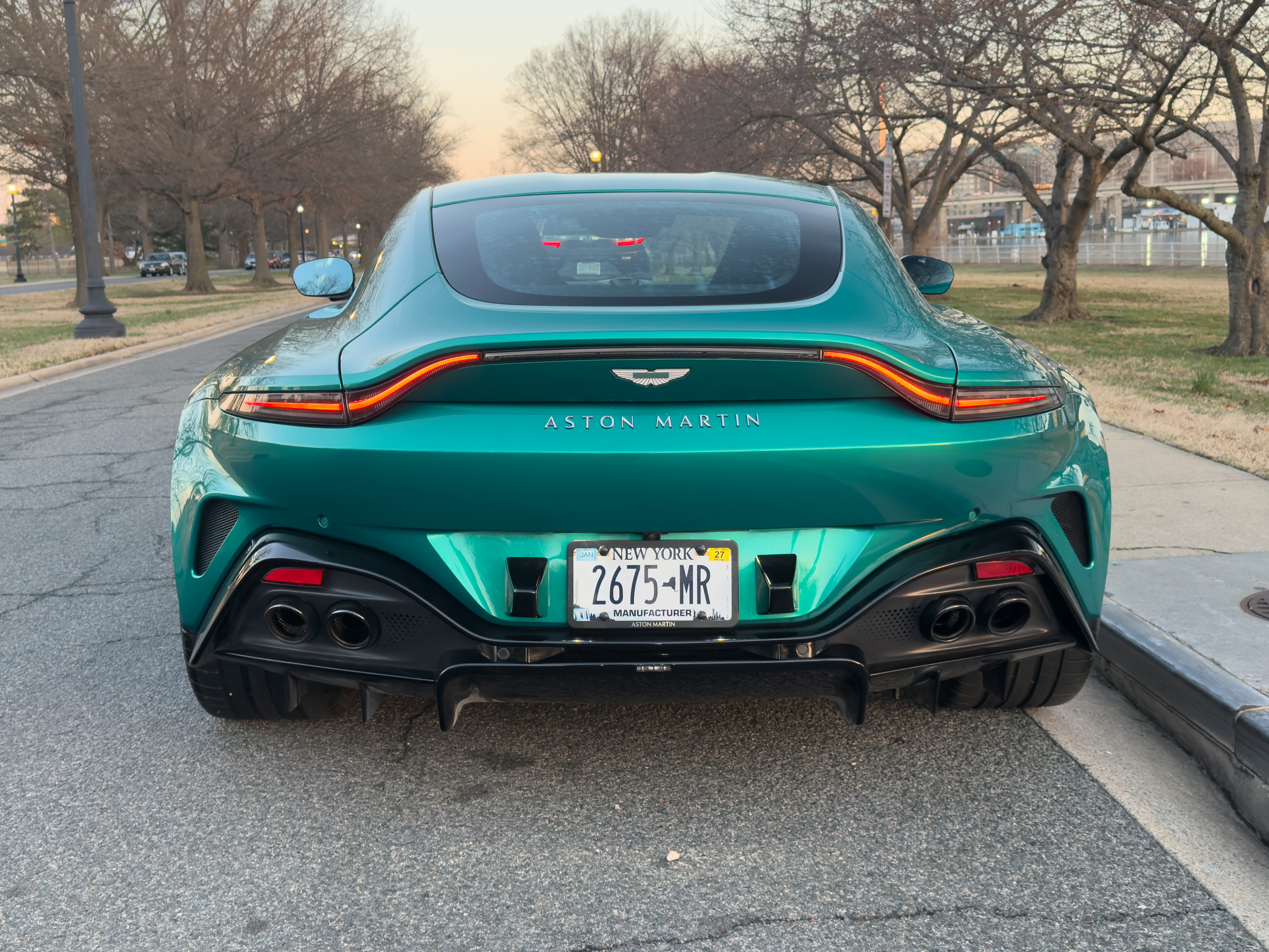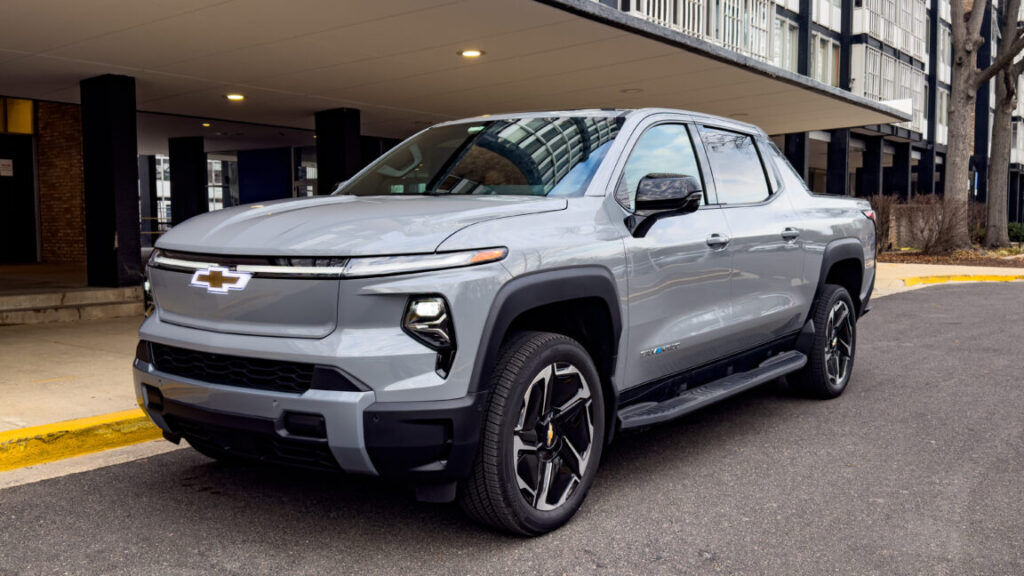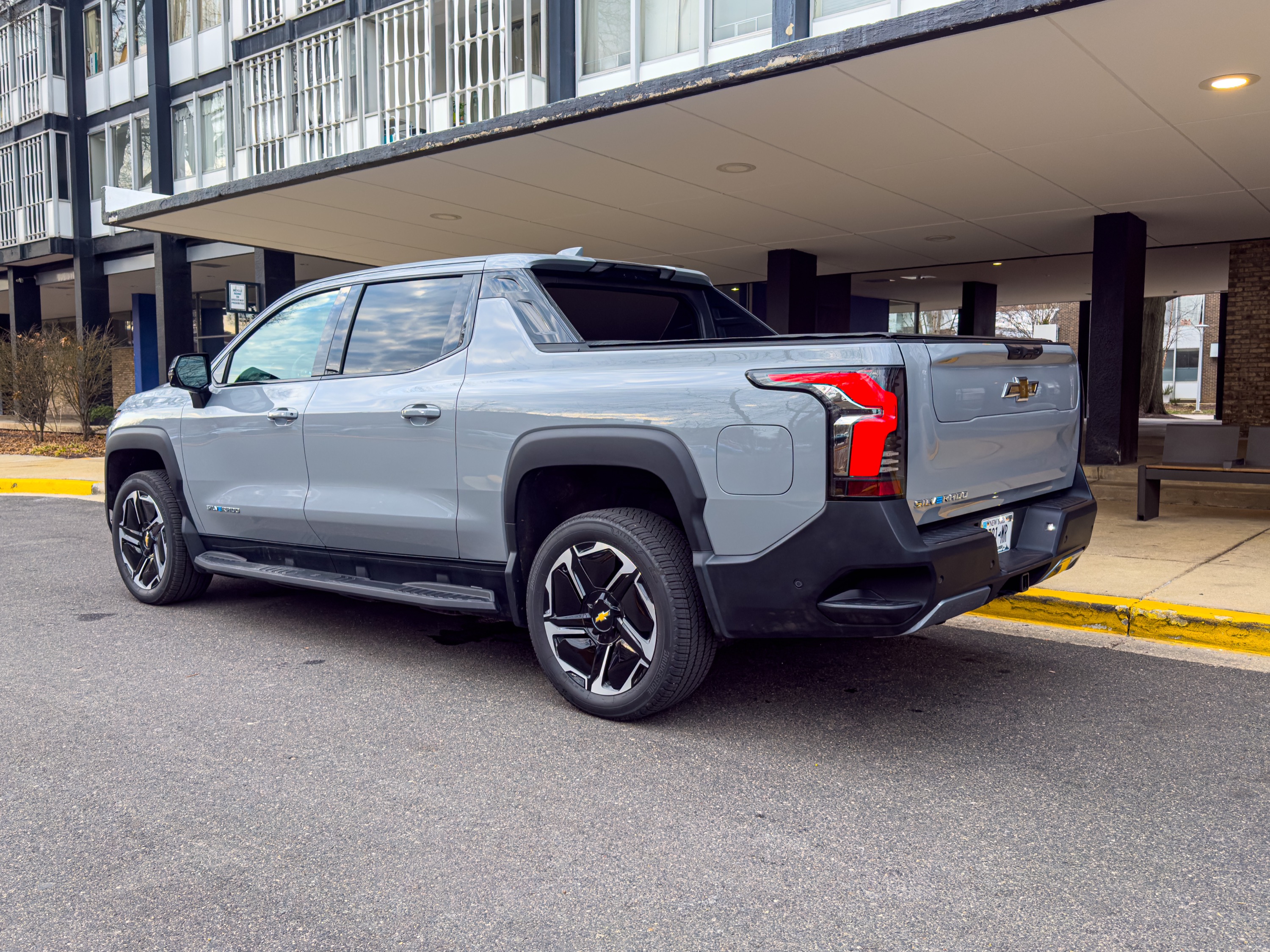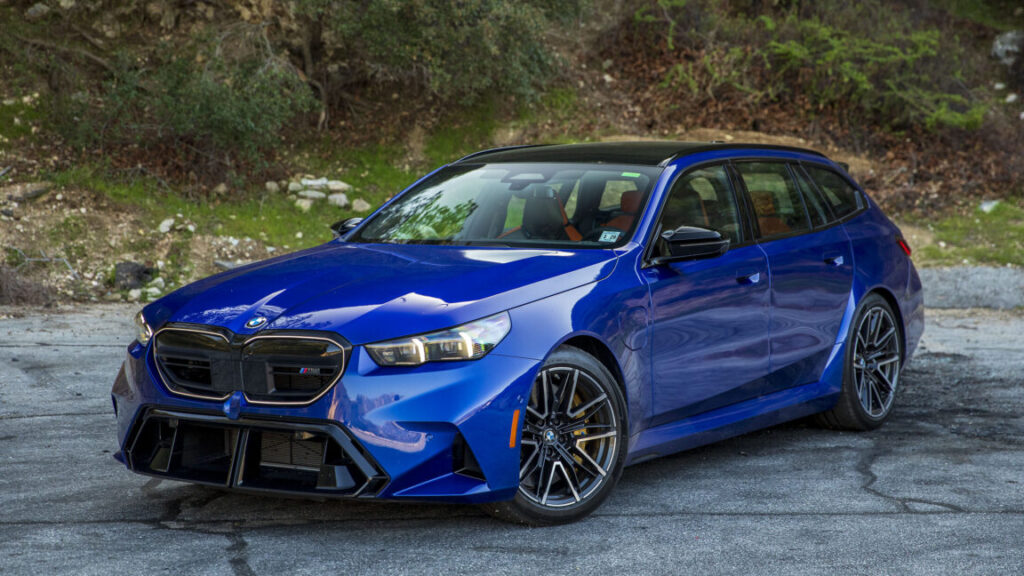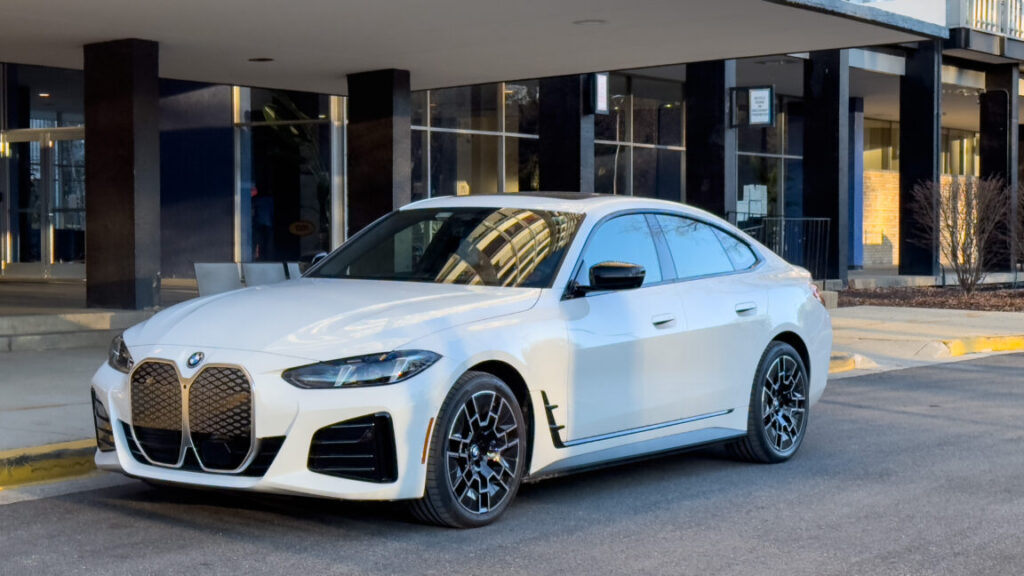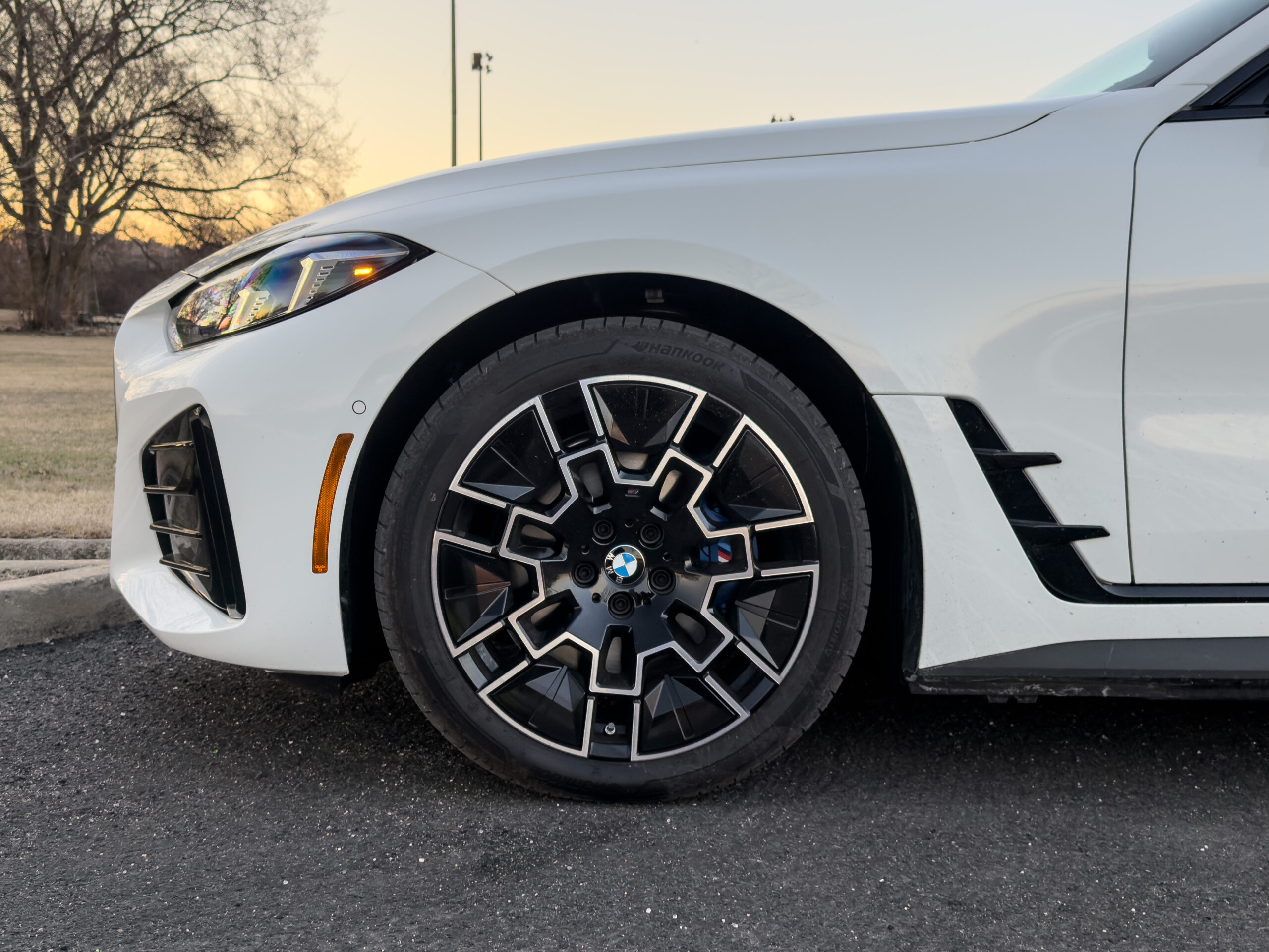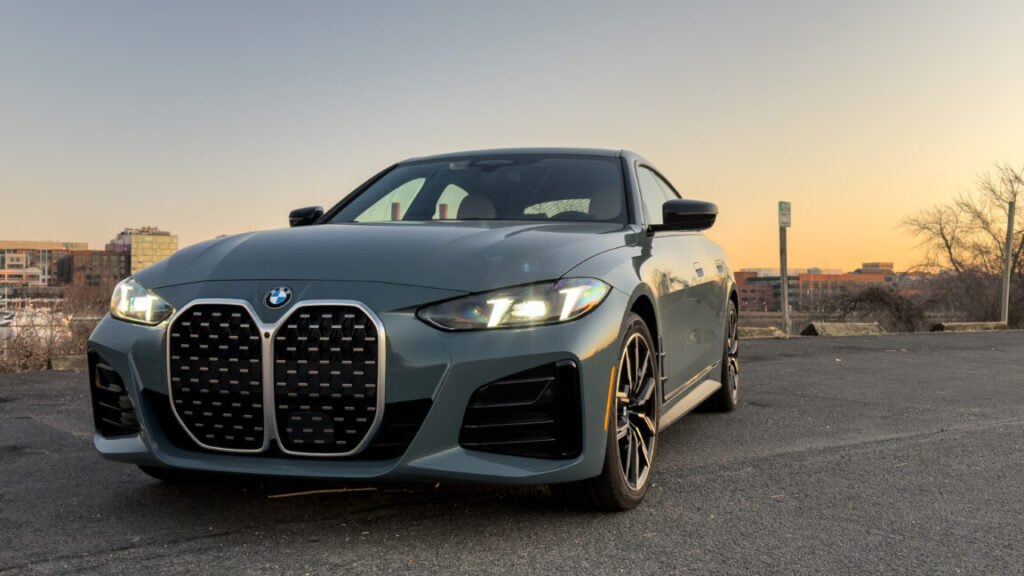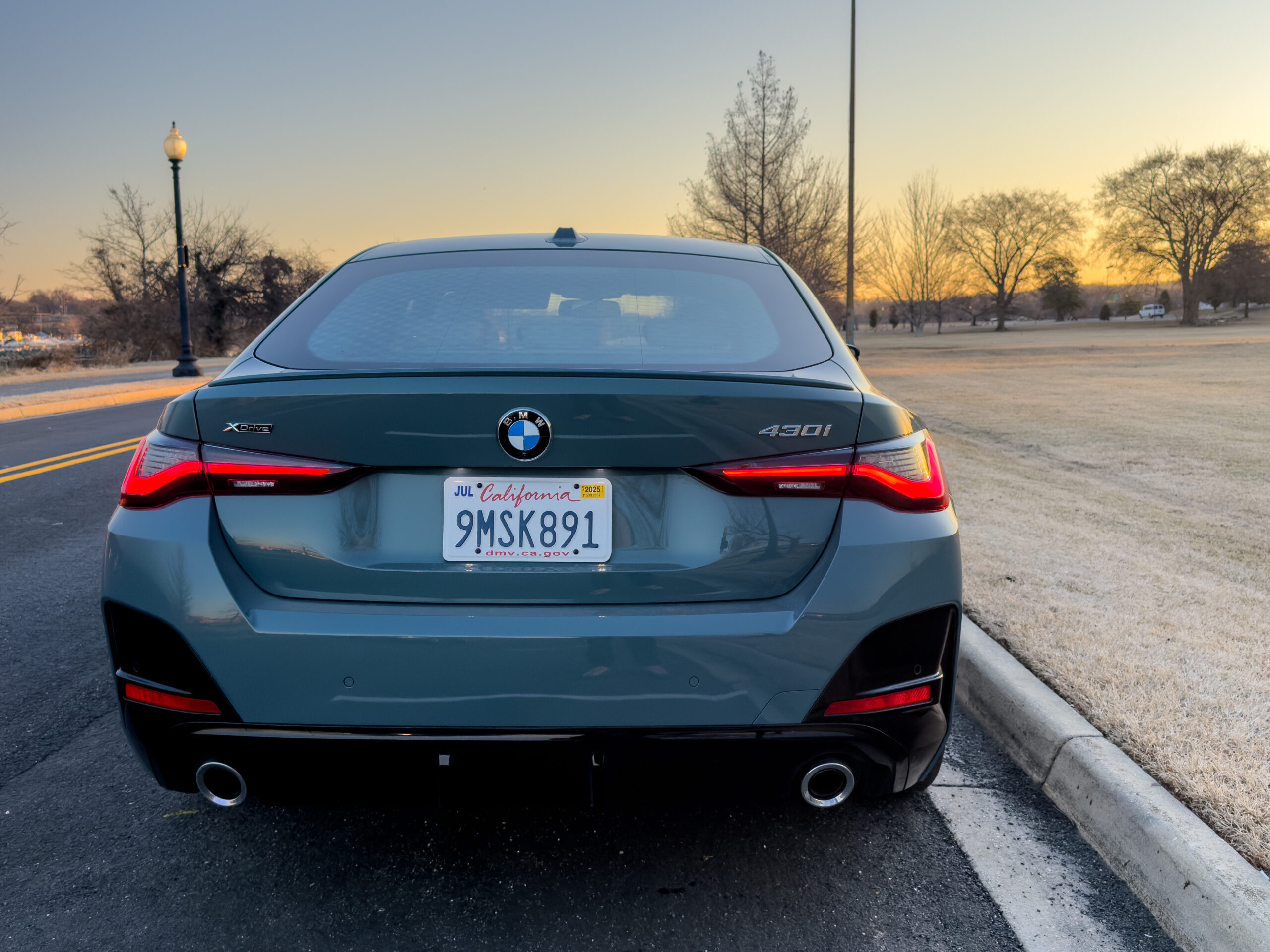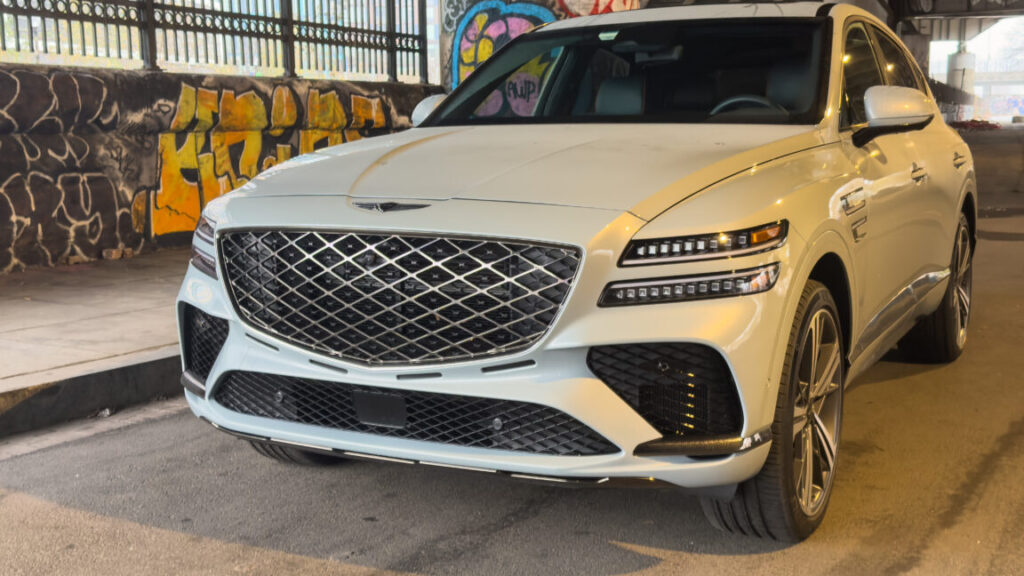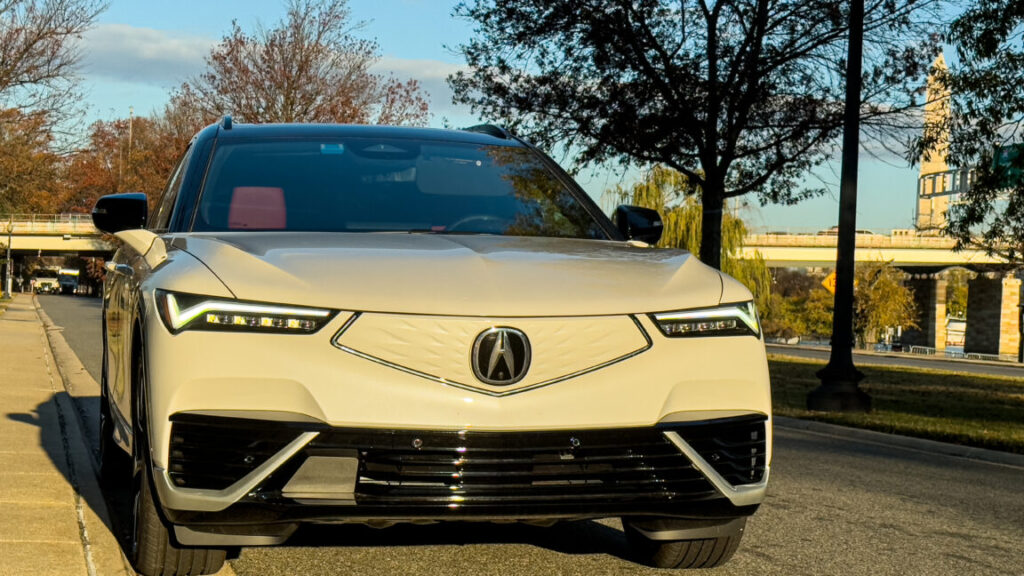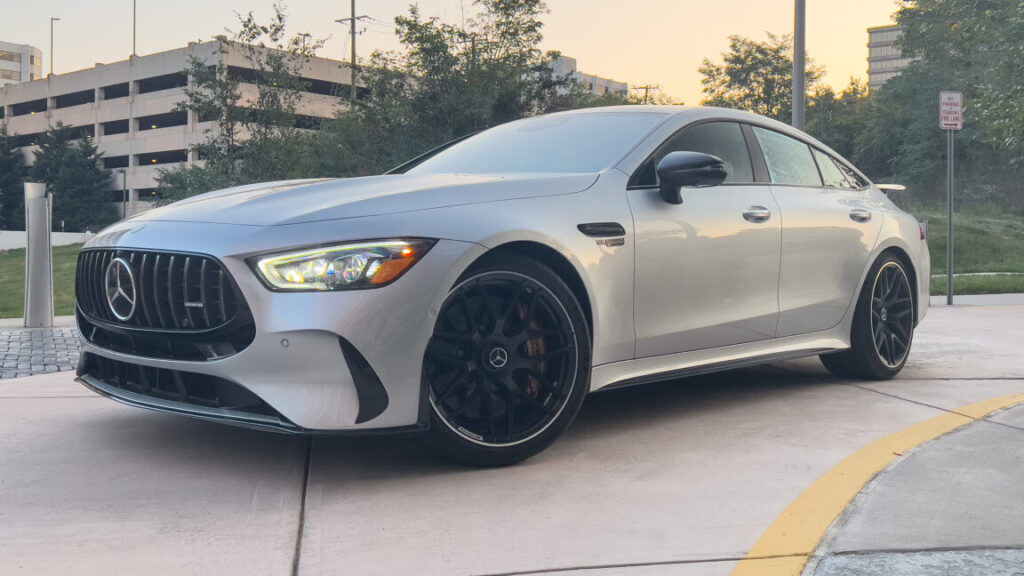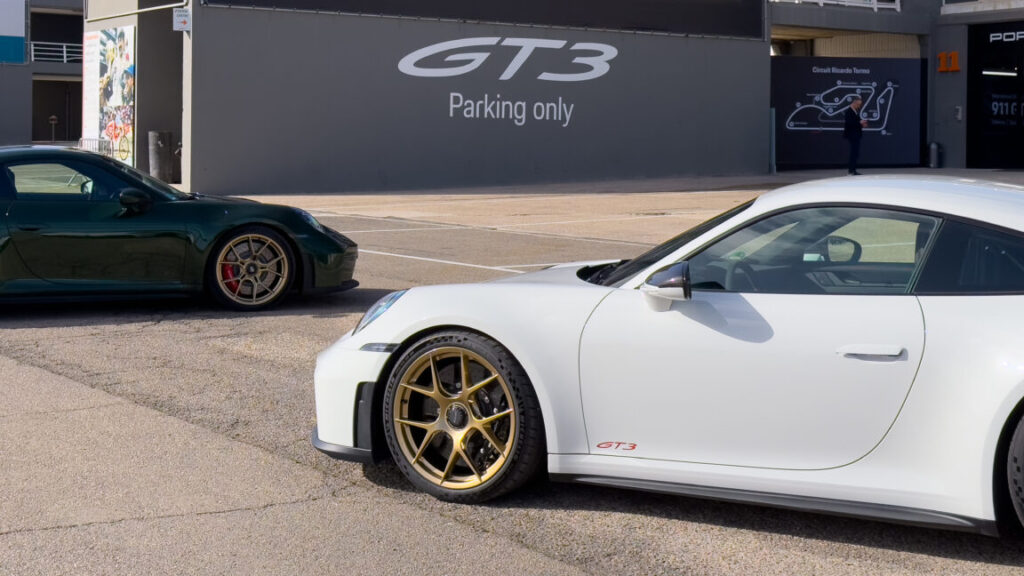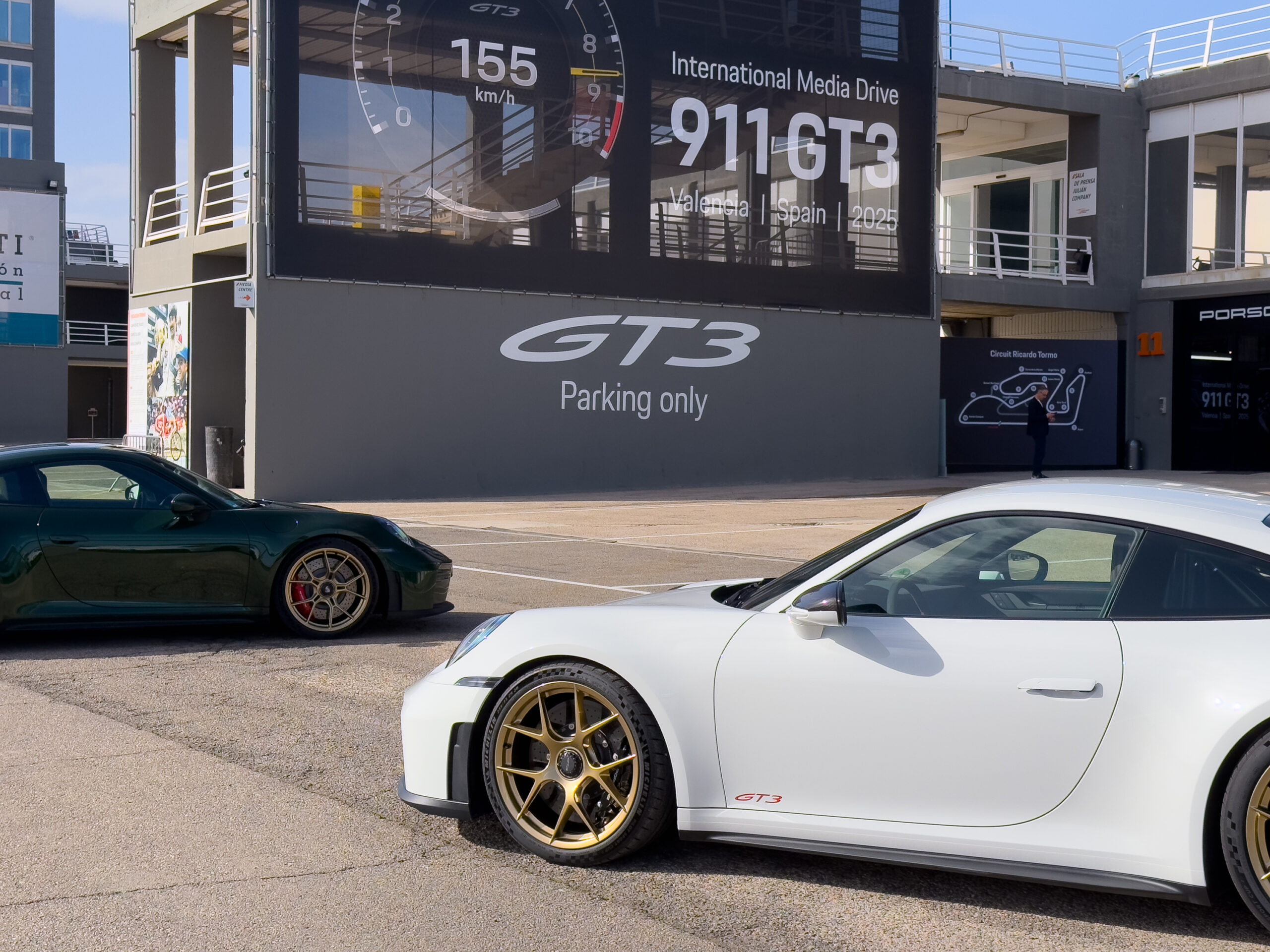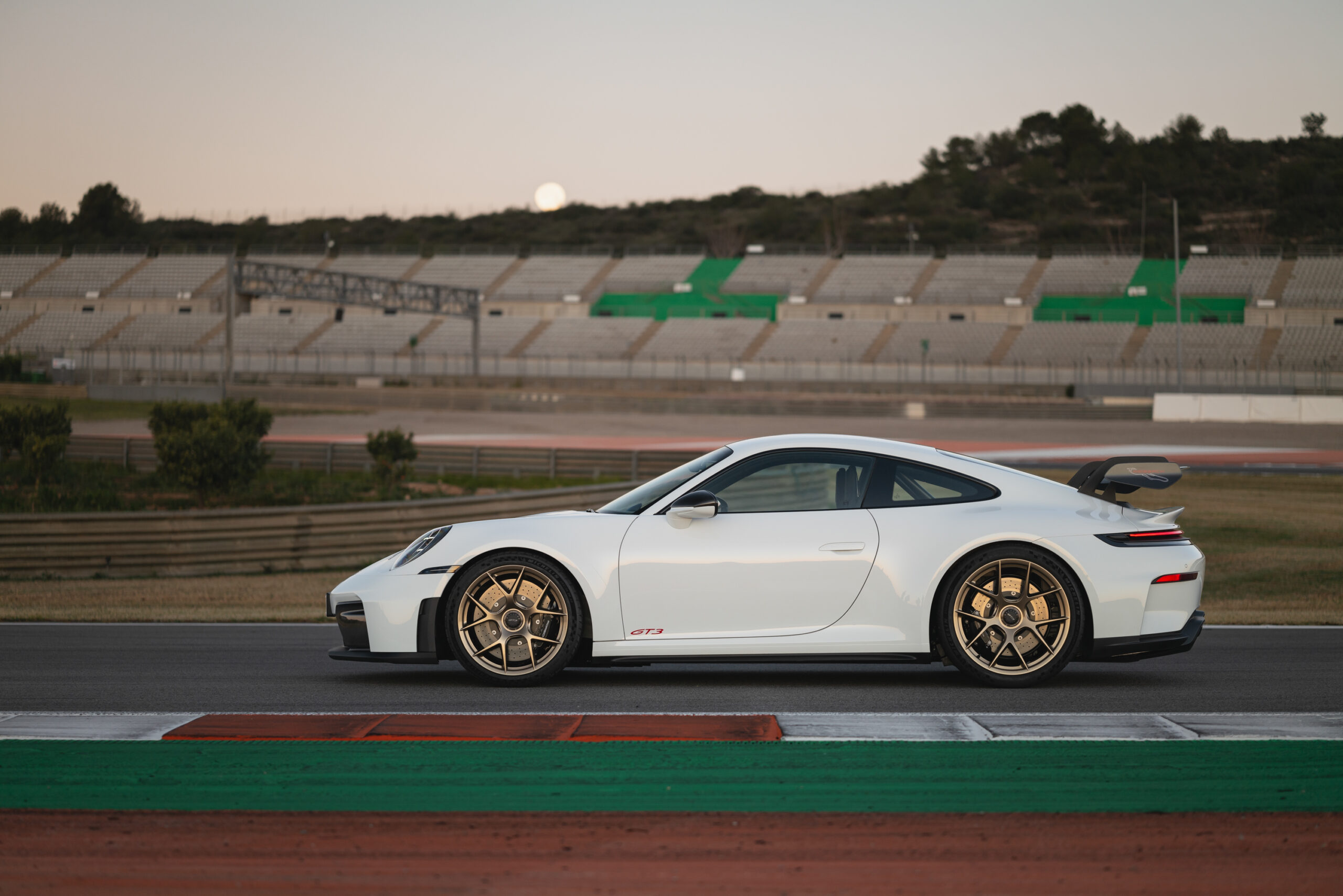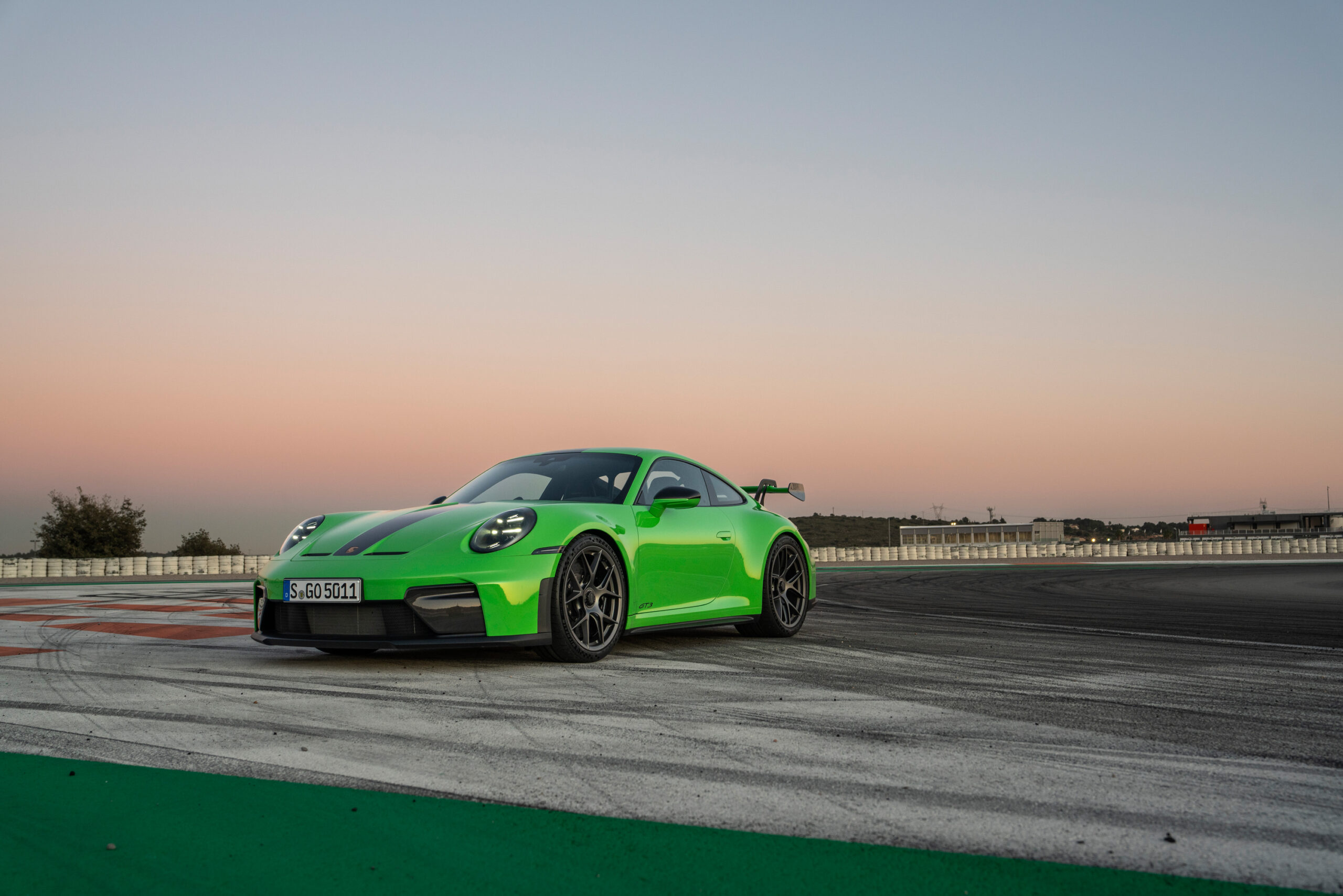Forgive me, Volvo, I was wrong: The 2025 V60 Cross Country review
Perhaps if I was more patient I’d have gotten closer to the EPA combined 27 mpg (8.7 L/100 km), too—instead the best I could average was 23 mpg (10.2 L/100 km). One wonders how much lower it would be without the 48 V mild hybrid system.
While I am a big fan of the way the V60’s front seats look, they could do with quite a lot more lateral support. It definitely feels like you’re sat on them, not in them, if that makes sense. The $56,595 (including delivery charge) Ultra trim adds ventilation and a good massage function to the front seats, as well as options like the tan Nappa leather you see in the (not-great) photo. (Sadly Volvo’s media site didn’t have any good ones either.) Ultra also adds a heads-up display and a better sound system, although our test car was given an even better $3,200 Bowers and Wilkins sound upgrade.
Otherwise, the cabin is still much as it was five years ago. I appreciate the helpful features, like well-designed hooks in the cargo area that keep your shopping bags in place, which aren’t always as useful as the ones here. While the infotainment system is old and its screen is small by 2025’s standards, there are four USB-C ports in the car, and Google is built-in. There’s also Apple CarPlay, but you’ll need to use a cable. You’ll want to plug your phone in anyway, as there’s no wireless charging pad.
My biggest complaint about the V60 Cross Country is the over-eager rear emergency braking system. A large curb or bollard can trigger it, slamming on the anchors in the process, which is annoying when I am backing into a parking space at maybe 5 mph, but I understand why the safety-conscious automaker has programmed it the way it has. After two weeks with the car there was little else I could find to criticize, and I missed its agility, easy ride, and relatively reasonable size compared to the big electric SUVs that have taken its place in the testing schedule since.
Raising the V60 by 2.4 inches does not in fact ruin the car. Jonathan Gitlin
Station wagon shopping in 2025 is a short process; once Audi stops selling the A4 Allroad, this V60 Cross Country has no real rival left. So it’s a good thing it’s a pretty decent example of the breed.
Forgive me, Volvo, I was wrong: The 2025 V60 Cross Country review Read More »
